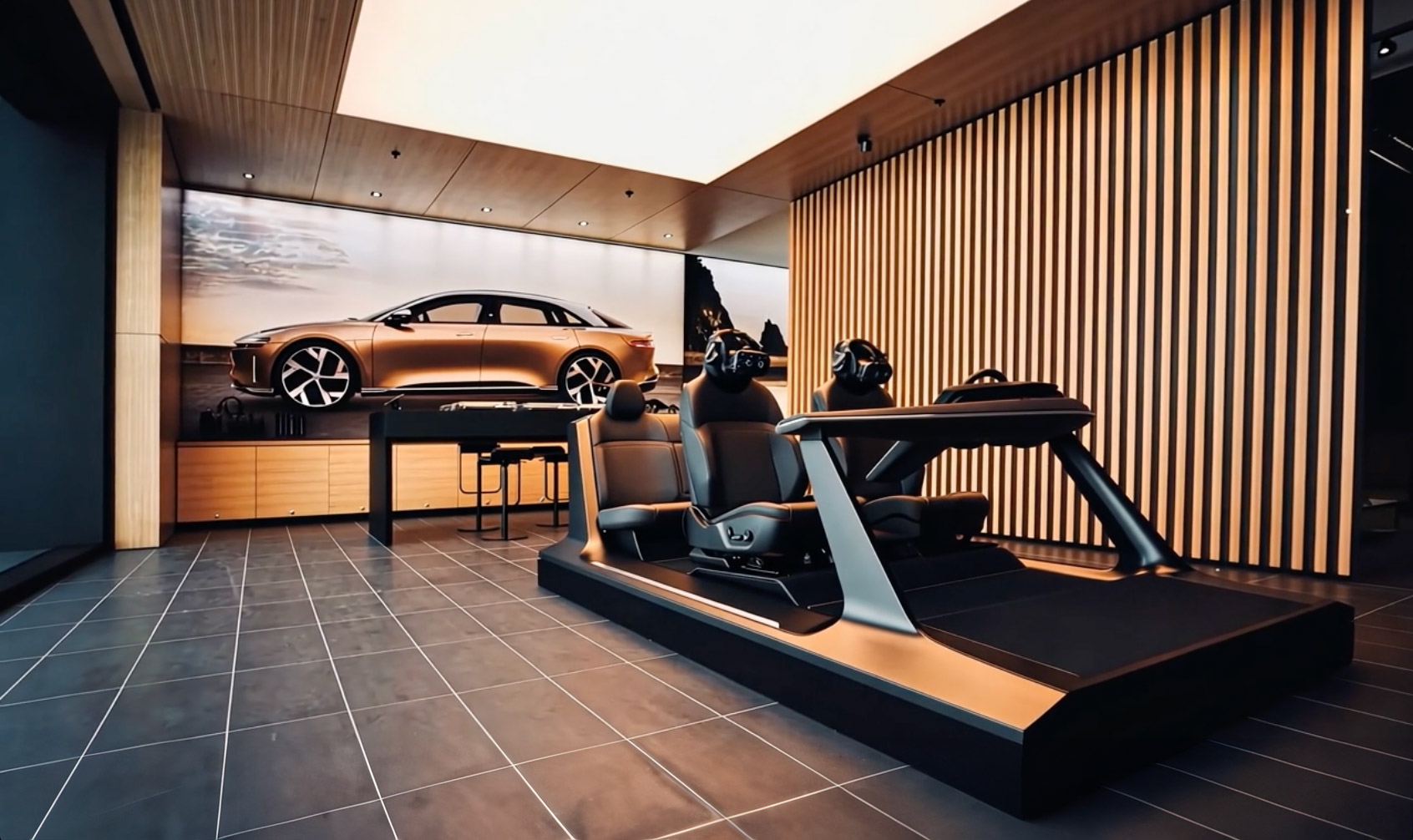
The Shift to Direct Sales
In an age where the digital handshake is as good as a firm grip, car manufacturers are steering away from the traditional dealership route, opting instead for a direct-to-consumer model. This revolutionary shift isn’t just about cutting out the middleman; it’s about redefining the car buying experience from the ground up.
Pioneers of the Direct Sales Highway
Tesla has been the trailblazer, transforming car buying into an experience akin to shopping for the latest tech gadget. With sleek Tesla Stores that double as galleries and a robust online platform, Tesla’s approach is all about control – over the brand, the experience, and the data.
Rivian, the electric adventure vehicle maker, follows suit, offering a blend of online customization with Rivian Spaces for a tactile experience. Their approach melds the rugged outdoors ethos with cutting-edge technology.
Lucid Motors takes luxury to a new level with their Lucid Studios, where the car isn’t just sold, it’s experienced like a piece of fine art. Their direct sales model focuses on an intimate, high-end customer journey.
Polestar, the performance EV brand by Volvo, merges minimalism with technology, offering Polestar Spaces for those who prefer a physical touchpoint but still appreciate the ease of online transactions.
The Consumer’s Journey
For the consumer, this means potentially lower prices due to the absence of dealer markups, a seamless, tech-driven buying process, and a direct line to the manufacturer for everything from customization to after-sale support. Imagine configuring your dream car online, stepping into a brand’s space for a real-world feel, and having your vehicle delivered to your driveway – it’s all about convenience and control.
The Dealership Dilemma
However, this road isn’t without its potholes. For traditional dealerships, this shift can feel like watching their livelihood drive off into the sunset.
Legal Roadblocks: In many places, particularly the U.S., franchise laws protect dealerships, making direct sales a legal labyrinth for manufacturers to navigate.
Service Networks: Without dealers, manufacturers must build or rely on alternative service networks, which can be a logistical nightmare, especially for widespread after-sales support.
Community Impact: Dealerships aren’t just sales points; they’re often community anchors, providing jobs and services. Their decline might lead to economic ripples in local areas.
The Consumer Conundrum
For consumers, while the promise of simplicity and savings is alluring, there are cons:
Personal Touch: The loss of the traditional negotiation dance might be missed by some. Dealerships offer a human element, a negotiation process that some buyers enjoy or find necessary.
Service and Maintenance: Who will service your car if not the local dealer? Direct sales models must address this, or consumers might find themselves in a bind when their vehicle needs attention.
Trust Issues: There’s a comfort in knowing your car was sold by someone local. With direct sales, trust shifts entirely to the brand, which can be a double-edged sword.
The Future of Car Buying
The future looks like a blend – some manufacturers might adopt a hybrid model, balancing direct sales with dealer networks where beneficial or legally necessary. Others will push further into the digital realm, perhaps leveraging AI for even more personalized buying experiences.
Conclusion
As we buckle up for this new journey in automotive retail, one thing is clear: the road ahead is exciting but fraught with challenges. For manufacturers, it’s an opportunity to redefine brand interaction. For dealerships, it’s a call to evolve or risk being left in the dust. And for consumers, it’s a new era of car buying that promises efficiency but asks for adaptation. The road ahead? It’s paved with innovation, but watch out for those legal speed bumps and cultural potholes.


